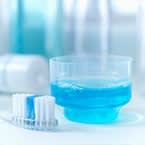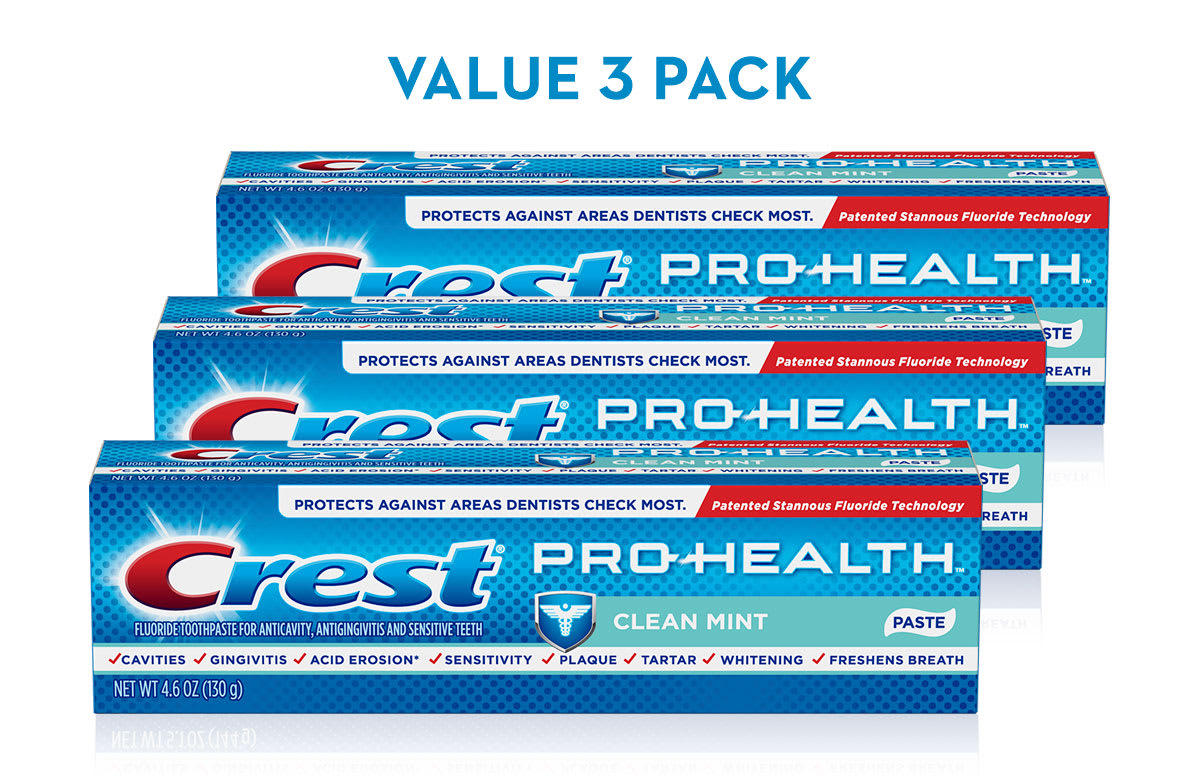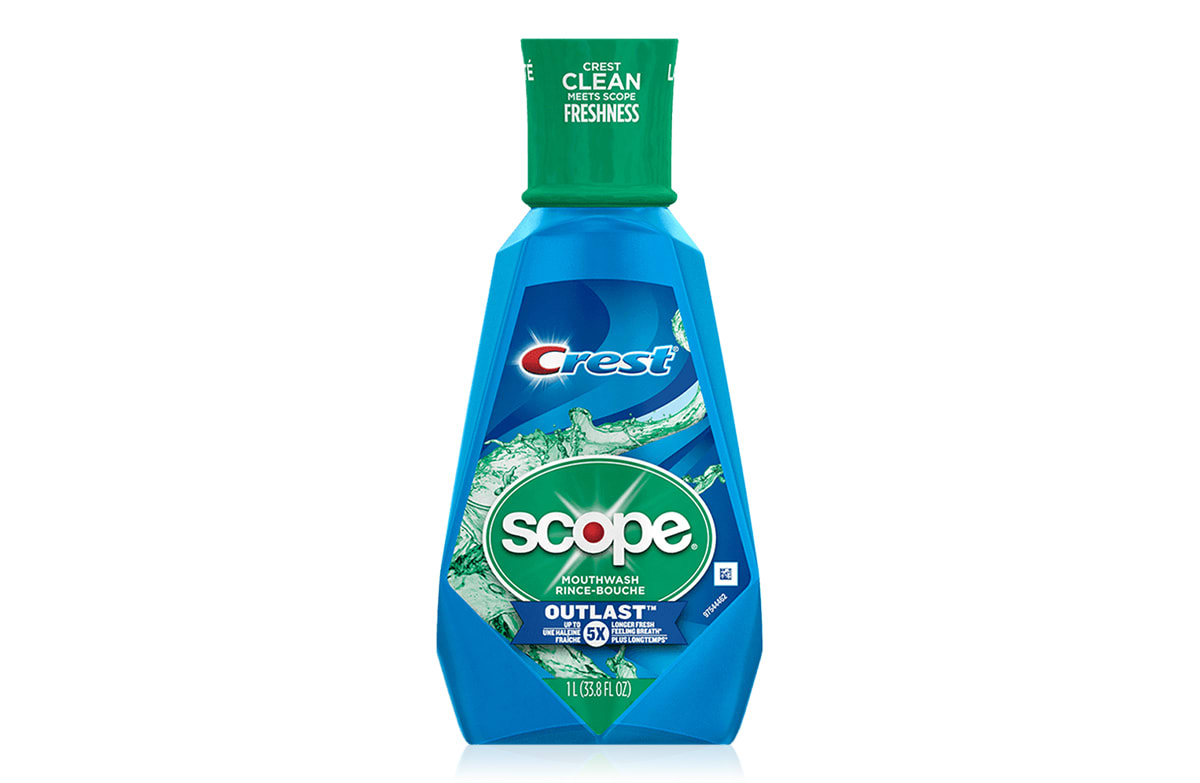BAD-BREATH
Types of Mouth Viruses and Bacteria
 Common Bacterial and Viral Mouth Infections
What are Tonsil Stones?
What is White Tongue?
What is Oral Thrush?
What is Foot and Mouth Virus?
What is Strawberry Tongue?
What is Herpangina?
Preventing Spread of Mouth Bacteria
Common Bacterial and Viral Mouth Infections
What are Tonsil Stones?
What is White Tongue?
What is Oral Thrush?
What is Foot and Mouth Virus?
What is Strawberry Tongue?
What is Herpangina?
Preventing Spread of Mouth Bacteria
Mouth bacteria and viruses can lead to a number of oral health issues if not treated properly. Tooth decay, gum disease, and mouth sores are only a few of the conditions that may occur when an infection takes root. Learn more about the different viral and bacterial infections that may affect your tongue and mouth and what you can do to prevent them.
Common Bacterial and Viral Mouth Infections
Bacterial and viral infections on the tongue and mouth are relatively common, and in most cases can be taken care of with proper diagnosis and treatment. Several infections that may affect the mouth and tongue include:
- Tonsil Stones – Also known as Tonsilloliths, are bacterial infections that affect your tonsils.
- White Tongue – A condition where the lingual papillae on the tongue swell up and trap bacteria and food debris.
- Oral Thrush – A fungal infection affecting the tongue and throat.
- Coxsackie Virus – Most common in children, this mouth virus can cause painful blisters.
- Strawberry Tongue Virus - Not a condition on its own but it can be a sign of a more serious underlying disorder.
- Herpangina Virus – Another strain of the Coxsackie Virus, this mouth virus causes painful, red ulcers to form inside the mouth.
What are Tonsil Stones?
Tonsils are the gland-like structures located in the back of your throat. Their main role is to help support your immune system by keeping any viral and bacterial infections from entering into your throat. However, this may not be case for some people.
Tonsil stones occur when bacteria and other debris combine together and get stuck in the nooks of the tonsils. If the trapped debris hardens, it turns into tonsil stones.
Common symptoms of tonsil stones include:
- Inflammation or swelling of the tonsil
- Sore throat
- Painful swallowing
- Persistent cough caused by the irritation from the stone
- Pain in the ear because of the nerve pathways involved
- White-like debris at the back of the throat
- Bad breath caused by the sulfur gases which get trapped in the tonsils
In most cases, tonsil stones may be able to go away on their own. However, in instances where the stone has grown too large, medical treatment may be necessary:
- Surgery may be required to remove the stones
- More severe or persistent cases may require surgical removal of the tonsils themselves, this is known as a Tonsillectomy
- Antibiotics to lessen the infection
- Saltwater rinse for smaller tonsil stones
You can help prevent tonsil stones from forming by following a thorough oral care routine. The more bacteria you remove from your mouth, the less can get trapped in the tonsils. Regular brushing and flossing and rinsing with mouthwash after meals can remove the bacteria and debris that may lead to tonsil stones.
For people with chronic tonsil stones, it is often best to have the tonsils removed surgically to prevent the infection.
What is White Tongue?
White tongue is a condition that causes the tongue to take on a white-like hue. Lingual papillae are the small structures on the tongue’s surface that give your tongue it’s rough texture. When the papillae swell up they can trap more bacteria and debris, resulting in an appearance.
One of the more common causes of white tongue is a lack of oral hygiene, other causes may include:
- Dehydration or dry mouth, a lack of moisture in the mouth can promote bacteria
- Smoking or alcohol use which can dry out and irritate the mouth
- Mouth irritations caused by braces or dentures
The best way to prevent white patches from forming on your tongue is to maintain a consistent oral care routine. Twice daily brushing and flossing at least once can help remove bacteria and keep the mouth clean. Rinsing with an alcohol-free mouthwash can further reduce the amount of debris in the mouth and promote a healthy tongue. To further remove bacteria on the tongue, a tongue scraper can help. Some toothbrushes come with a tongue cleaning feature to easily incorporate the step into your daily oral hygiene routine.
What is Oral Thrush?
Candida is a fungal organism that’s normally occurring in the mouth, however, if it overgrows it can cause a condition known as oral thrush. The most common symptom of oral thrush is the spread of white lesions on the tongue, cheeks, palette, tonsils, gums, and back of the throat. These lesions can be cottage cheese-like in appearance and may bleed when irritated. The lesions can be painful and turn red, making it difficult to swallow or eat.
Usually people with weakened immune systems are most prone to oral thrush. Maintaining a healthy diet, regular checkups with your doctor and dental professional, and a thorough oral care routine can help prevent the fungal infection from spreading.
To further reduce your risk of contracting a candida infection be sure to:
- Brush your teeth at least two times a day
- Floss a minimum of once a day
- Rinse with an alcohol-free mouthwash
- Limit your sugar intake
- Clean your dentures daily if you wear them
Your doctor or dental professional may recommend a form of antifungal medication to treat a candida infection. It’s important to see your healthcare provider if you suspect oral thrush. Early treatment can help reduce the chances of the infection spreading from the mouth into the throat, which can lead to more serious health complications.
What is Foot and Mouth Virus?
Hand, foot, and mouth disease, also known as Coxsackie Virus, often affects children under the age of 10. The viral infection causes a rash of blisters to form in and around the mouth, feet, and hands. These blisters are often accompanied by a runny nose, sore throat, fever, and poor appetite.
The infection usually goes away on its own after about a week or so, and can be treated with proper oral hydration. A good oral hygiene routine can help, along with plenty of handwashing to help limit the spread.
What is Strawberry Tongue?
Strawberry tongue on its own is not a condition, but rather a symptom of an underlying condition or disease. The term “strawberry tongue” refers specifically to the tongue’s appearance—red, bumpy, and swollen. Strawberry tongue is often characterized by enlarged taste buds and an overly rough texture.
Conditions that can cause strawberry tongue include:
- Allergies from foods or drugs
- Scarlet Fever a bacterial infection as a result of strep throat
- Kawasaki Disease which causes inflamed arteries, mostly affecting children
- Vitamin B deficiencies
- Toxic Shock Syndrome (TSS) a life-threatening infection that requires immediate medical attention
It’s important to see your medical professional to diagnose the cause of your strawberry tongue for proper treatment. In some cases, strawberry tongue may be a part of a serious health problem and can lead to complications on your overall health.
What is Herpangina?
The herpangina virus is very similar to foot and mouth disease. The viral infection tends to affect children more often than adults and results in small blisters or ulcers along the top of the mouth and back of the throat.
Common symptoms of herpangina include:
- Neck pain
- Swollen lymph nodes
- Loss of appetite
- Fever
- Headache
- Difficulty swallowing
Additionally, infants with the herpangina virus may experience bouts of excessive drooling and vomiting. Since herpangina is viral and not bacterial, antibiotics will not work as treatment. Rather, your medical professional will determine which course of treatment is best based on age and severity of symptoms, though pain management is often a requirement.
Though mouthwash can’t treat viral infections, it can help soothe mouth sores by flushing out plaque bacteria. Alcohol-free rinses like Crest Pro-Health Advanced Multi-Protection Mouthwash can help promote a cleaner mouth by removing more food and plaque bacteria from the mouth without causing extra irritation—however, it is not recommended for children under 6.
A therapeutic rinse composed of salt and warm water is based for children. The rinse can help to safely relieve some of the pain caused by the infection in the mouth and throat.
In addition to a rinse, plenty of hydration is often recommended for recovery. It is also best to keep away from overly hot or acidic drinks as they can irritate the ulcers and cause symptoms to worsen.
Herpangina usually lasts for about a week but if symptoms persist it is crucial to see your doctor right away.
Preventing Spread of Bacterial Infections
A good hygiene routine is best when it comes to the prevention of bacterial oral infections.
- Wash hands thoroughly
- Brush teeth at least twice a day or after meals to remove more plaque bacteria from the teeth, gums, and tongue
- Switch to an electric toothbrush to ensure a more complete clean, the unique round brush heads on Oral-B electric toothbrushes surround each tooth for 100% more plaque removal than a manual
- Use a fluoride toothpaste like Crest Pro-Health which neutralizes plaque bacteria for all day protection
- Floss daily to get rid of any trapped food that can lead to bacterial growth in the mouth
- Rinse with an alcohol-free mouthwash to get rid of bacteria and keep the mouth clean
- See your dental professional every six months for professional cleanings and checkups
Viral and bacterial mouth infections can affect your oral health as well as your overall health. Be sure to maintain a thorough routine to keep your smile healthy and see your medical professional in the event where symptoms are cause for concern.
Sources:
- https://www.health.ny.gov/diseases/communicable/hand_foot_mouth/fact_sheet.htm
- https://www.healthline.com/health/herpangina#prevention
- https://www.healthline.com/health/strawberry-tongue#complications
- https://www.webmd.com/oral-health/guide/tonsil-stones-tonsilloliths-treatment-and-prevention#1
- https://www.mayoclinic.org/diseases-conditions/oral-thrush/symptoms-causes/syc-20353533
- https://www.mayoclinic.org/symptoms/white-tongue/basics/causes/sym-20050676
Discover More
 What is Halitosis? Causes, Remedies & Treatments
What is Halitosis? Causes, Remedies & Treatments




